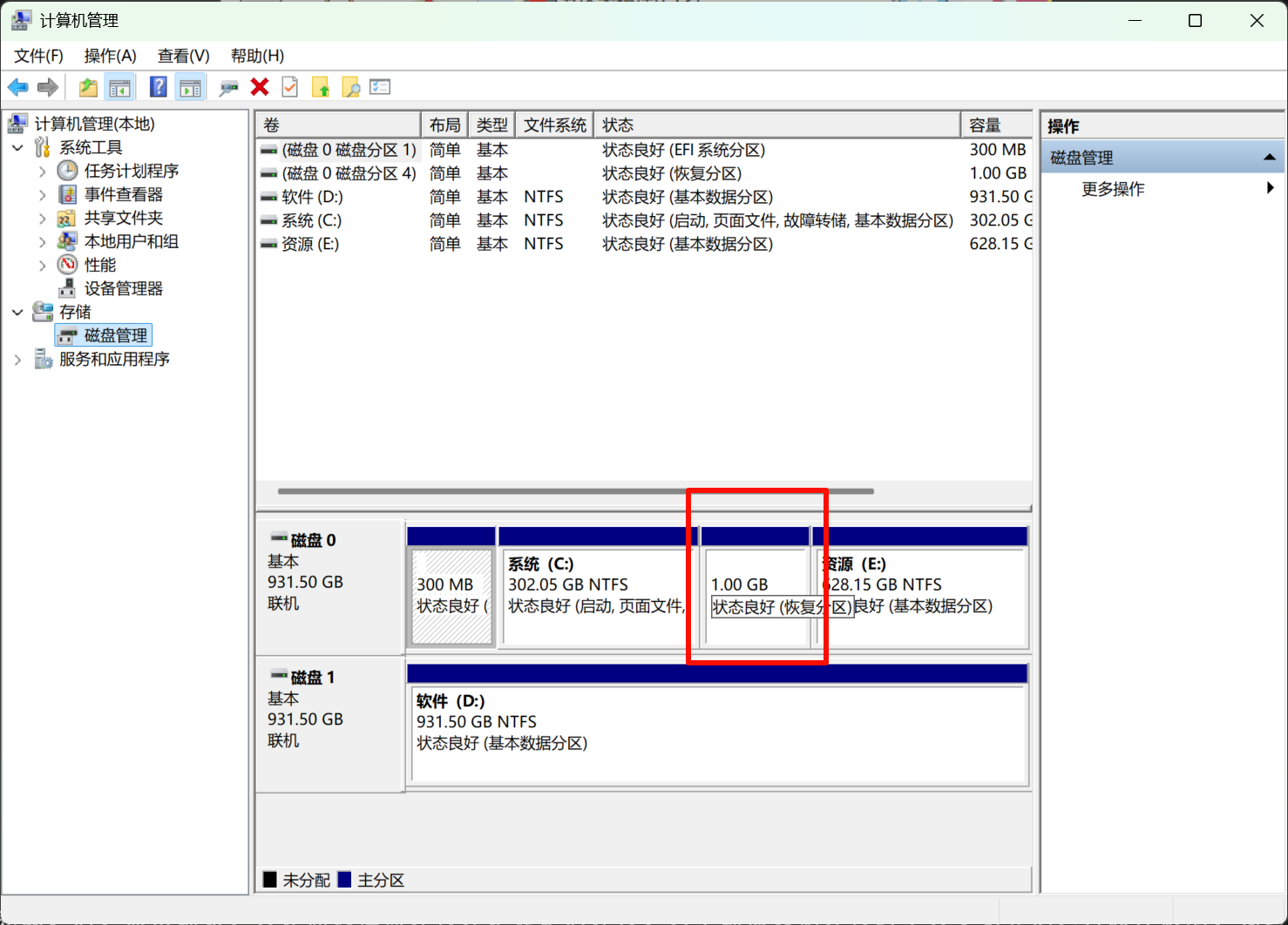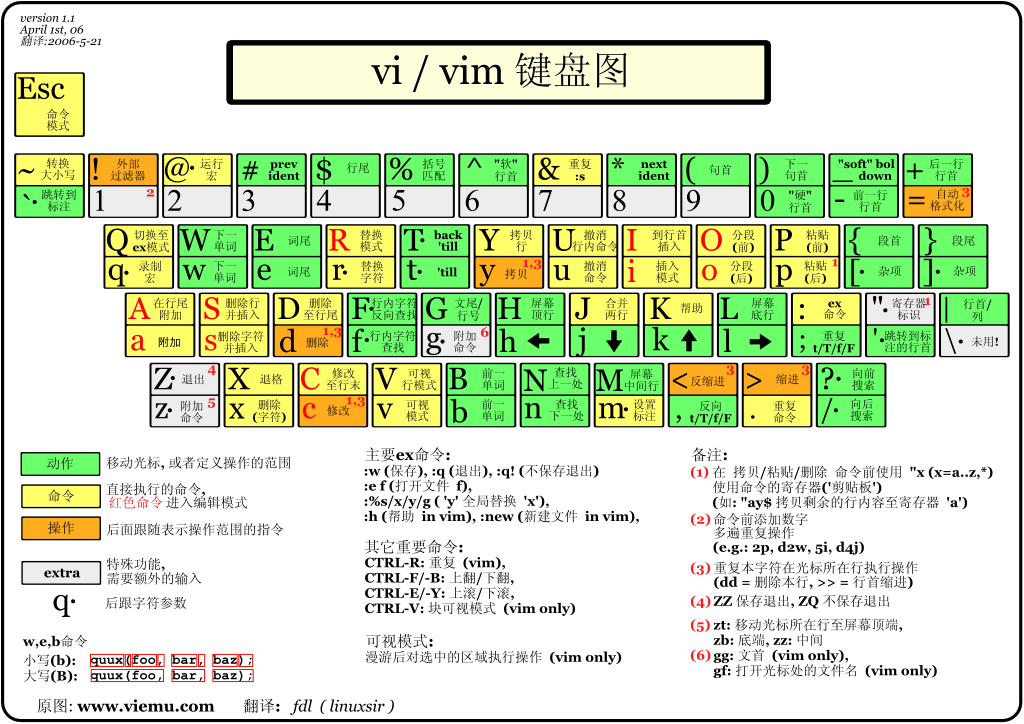数据结构_顺序栈(C++
数据结构_顺序栈(C++实现
前言:此类笔记仅用于个人复习,内容主要在于记录和体现个人理解,详细还请结合bite课件、录播、板书和代码。
[toc]
前言
没什么好说的
栈的实现可以用顺序结构(数组)实现—–数组栈,也可以用链式结构(链表)实现—–链式栈 。两者除了在结构上不同,还有一点不同就是数组栈是栈底在前面(首结点),栈顶在后面(尾结点),通过尾插尾删入栈出栈,链式栈是栈顶在前面,栈底在后面,通过头插头删入栈出栈,与数组栈方向相反。
最常用也可以说最好用的大概是数组栈
==assert果然还是太暴力了,能不用就不用吧,但是一定要记住要判断 指针 为空的情况==
- ==可以抛出异常信号 (建议用这个,因为运行错误的时候知道原因==
- ==可以直接返回==
- 判断指针head为空的方式
cpp
2
3
4
5
6
7
8
9
// head为空的话head就相当于0(假),非空就是真,所以当head为空的时候,!head就是真
throw nullPointer();//这里使用了抛出异常信号的方式,而且抛出的是一个匿名对象(因为要的是它的类型,没必要给对象命名了)
//如果采用直接返回的方式
if(!head)
return;//直接返回的话,在有返回类型的函数里面可能会报错
//以上两者都可以终止函数,不过直接return只能用在无返回值函数上,return本质是终止函数运行并返回NULL
实现
seqStack.h
cpp
2
3
4
5
6
7
8
9
10
11
12
13
14
15
16
17
18
19
20
21
22
23
24
25
26
27
28
29
30
using namespace std;
class nullPointer
{
}; //用来判断空指针,此处主要用于判断扩容是否失败 以及 顺序表头指针是否为空
class outofBound
{
}; //用于判断越界
//用作异常处理信号而定义的两个空类
template <class elemType>
class seqStack
{
private:
elemType *array;
int Top; //栈顶下标
int Capacity; //栈最大值
void doubleSpace();
public:
seqStack(int initSize = 100); //初始化
int isEmpty() { return (Top == -1); }; //判空
int isFull() { return (Top == Capacity - 1); }; //判满
elemType top(); //返回栈顶元素
void push(const elemType &e); //元素压栈;用const防止被篡改
void pop(); //栈顶元素出栈
~seqStack() { delete[] array; }; //销毁栈
};seqStack.cpp
cpp
2
3
4
5
6
7
8
9
10
11
12
13
14
15
16
17
18
19
20
21
22
23
24
25
26
27
28
29
30
31
32
33
34
35
36
37
38
39
40
41
42
43
44
45
46
47
48
49
50
51
52
53
54
55
56
57
58
59
60
61
62
63
64
65
template <class elemType>
seqStack<elemType>::seqStack(int initSize) //初始化
{
array = new elemType(initSize);
if (!array)
throw nullPointer();
Top = -1;
Capacity = initSize;
}
template <class elemType>
void seqStack<elemType>::doubleSpace() //扩容
{
if (!array) // assert只用于判断assay是否为空指针,这样就能明确错误来源
throw nullPointer();
elemType *tmp = new elemType[Capacity * 2];
if (!tmp)
throw nullPointer();
for (int i = 0; i <= Top; i++) //往新空间里逐一复制结点
tmp[i] = array[i];
delete[] array;
array = tmp;
Capacity = Capacity * 2;
}
template <class elemType>
elemType seqStack<elemType>::top() //返回栈顶元素
{
if(!array)
throw nullPointer();
if (isEmpty())
throw outofBound();
return array[Top];
}
template <class elemType>
void seqStack<elemType>::push(const elemType &e) //压栈
{
if(!array)
throw nullPointer();
if (isFull())
doubleSpace();
array[++Top] = e;
}
template <class elemType>
void seqStack<elemType>::pop() //出栈
{
if(!array)
throw nullPointer();
if (Top == -1) //或者if(isEmpty)
throw outofBound();
Top--;
}
练习
有些函数直接作为了上面实现的顺序栈的成员函数,用的时候别忘了在seqStack.h中声明
1.现有一个元素均为整数的栈,使用另一个临时栈对其进行非递减排序
cpp
2
3
4
5
6
7
8
9
10
11
12
13
14
15
16
17
18
19
20
21
22
23
24
25
26
27
28
29
30
31
32
33
34
35
36
37
38
39
40
41
42
void seqStack<elemType>::sort()
{
seqStack tmp;
for (int k = Top; k > -1; k--)
{
int K = top();
pop();
if (tmp.isEmpty())
{
tmp.push(K);
}
else
{
while (!tmp.isEmpty())
{
if (K <= tmp.top())
{
push(tmp.top());
tmp.pop();
}
else
break;
}
tmp.push(K);
int q = Top;
while (q >= k)
{
tmp.push(top());
pop();
q--;
}
}
}
while (!tmp.isEmpty())
{
push(tmp.top());
tmp.pop();
}
}要求对栈进行非递减排序,就是栈底最大,栈顶最小
思路就是把主栈元素依次出到临时栈来进行排序,在临时栈中排成栈底最小,栈顶最大
主栈栈顶大于等于临时栈顶,直接出主栈入临时栈
小于临时栈顶,主栈栈顶先出栈赋值给k,临时栈逐个出栈到主栈,直到临时栈顶小于k,k入临时栈,在将之前放到主栈的临时栈元素放回临时栈
设计算法判别表达式中的括号是否配对出现, 平衡的表达式中’{‘、’}’,’(‘、’)’,’[‘、’]’ 应成对按序出现。
例如”{[()]{()}{()()}}” 是括号匹配的表达式, 而”[({}])”是括号不匹配的表达式
cpp
2
3
4
5
6
7
8
9
10
11
12
13
14
15
16
17
18
19
20
21
22
23
24
25
26
27
int seqStack<elemType>::parentheses(string s)
{
int size = s.length();
for (int x = 0; x < size; x++)
{
if (s[x] == '(' || s[x] == '{' || s[x] == '[')
{
push(s[x]);
}
else if (s[x] == ')' || s[x] == '}' || s[x] == ']')
{
if (s[x] == ')' && top() == '(')
pop();
else if (s[x] == '}' && top() == '{')
pop();
else if (s[x] == ']' && top() == '[')
pop();
else
return -1;
}
}
if (!isEmpty())
return -1;
return 0;
}bite讲过了
用两个栈实现队列
cpp
2
3
4
5
6
7
8
9
10
11
12
13
14
15
16
17
18
19
20
21
22
23
24
25
26
27
28
29
30
31
32
33
34
35
36
class Queue_stack
{
private:
seqStack<elemType> a, b;
public:
void push(const elemType &x)
{
b.push(x);
}
void pop()
{
if (a.isEmpty())
while (!b.isEmpty())
{
a.push(b.top());
b.pop();
}
a.pop();
}
elemType top()
{
if (a.isEmpty())
while (!b.isEmpty())
{
a.push(b.top());
b.pop();
}
return a.top();
}
void isEmpty()
{
return (a.isEmpty() && b.isEmpty());
}
};原理:一个栈负责入队列,一个栈负责出队列,一旦出队列栈为空,就把入队列栈中所有元素都出到出队列栈
给定一个整型的顺序表, 表示在同一行的行星。 对于其中的元素, 正负值代表其一维的移动方向, 可以理解为正数代表行星向右移动, 负数代表行星向左移动。 方向相同的行星不会碰撞, 如果两个行星相向而行则会相互碰撞, 则较小的行星(绝对值代表行星大小)会爆炸, 大小相同时两者都会爆炸。 请设计程序给出行星碰撞后的结果。
例如: [4, 5, -3], 5 与-3 发生碰撞, -3 爆炸而 5 幸存, 再没有负数即向左运动行星,碰撞结束结果为[4, 5]; [7, 1, -7], 1 与-7碰撞, 1 爆炸而-7 幸存, 7 再与-7 碰撞, 两者都爆炸, 结果为[]。 注意如果是[-1,1], 由于-1 向左而 1 向右, 两者不会碰撞。
cpp
2
3
4
5
6
7
8
9
10
11
12
13
14
15
16
17
18
19
20
21
22
23
24
25
26
27
28
29
30
31
32
33
34
35
36
37
38
39
40
41
42
43
44
45
46
47
void seqStack<elemType>::planet()
{
seqStack<int> s;
while (!isEmpty())
{
if (s.isEmpty())
{
s.push(top());
pop();
}
else
{
if (s.top() < 0)
{
if (top() < 0)
{
s.push(top());
pop();
}
else
{
if (s.top() + top() > 0)
s.pop();
else if (s.top() + top() < 0)
pop();
else
{
s.pop();
pop();
}
}
}
else
{
s.push(top());
pop();
}
}
}
while (!s.isEmpty())
{
push(s.top());
s.pop();
}
}思路:(有点 类似中缀式转后缀式)
这个顺序表就是主栈,再创建一个临时栈
临时栈为空,主栈栈顶进临时栈;主栈栈顶是小于0的,进临时栈;主栈栈顶大于0,临时栈小于零,判断他俩的和,大于零说明主栈栈顶绝对值大,保留主栈栈顶,临时栈顶出栈,否则反之,如果和等0,则两边都出栈。最后主栈空了就临时栈出栈到主栈
因为结果保存在了栈里,输出的时候顺序是反的,不过只要再写一个逆置的函数就可以,比如把栈元素放到队列了,再出队列到栈就可以了
现有一个柱状图中,其中每个矩形柱子皆为相邻,且宽度相等,默认为 1,现在需要知道在这个柱形图中能够找到的最大矩形的面积。数据用一组非负的整数来表示,代表每根柱形的高度,请算出最大矩形的面积。
例如,已知每根柱形的宽度为 1,若给出的非负整数为[3,2,7,5,4,1]。图中的阴影部分为 最大矩形的面积,即 12 个单位的面积。

cpp
2
3
4
5
6
7
8
9
10
11
12
13
14
15
16
17
18
19
20
21
22
23
24
25
26
27
28
29
30
31
32
33
34
35
36
37
38
39
40
41
42
43
44
45
46
47
48
49
50
51
52
53
54
55
{
seqStack<int> pass;
seqStack<int> elem;
int rectangle = 0;
while (!now.isEmpty())
{
int d = now.top();
int p = 0;
int n = 0;
now.pop();
elem.push(d);
while (!pass.isEmpty())
{
if (pass.top() >= d)
{
elem.push(pass.top());
pass.pop();
p++;
}
else
break;
}
while (!now.isEmpty())
{
if (now.top() >= d)
{
elem.push(now.top());
now.pop();
n++;
}
else
break;
}
int r = d * (1 + p + n);
if (r > rectangle)
rectangle = r;
while (n > 0)
{
now.push(elem.top());
elem.pop();
n--;
}
while (!elem.isEmpty())
{
pass.push(elem.top());
elem.pop();
}
}
return rectangle;
}用栈
一个现在栈now(也是形参)
开两个临时站”临时站elem“、”过去栈pass“
如果判断一个元素能形成的矩形的面积,要往它的左右相邻看(不能中断),如果有左、右大于它,就能和左、右构成矩形,也就是这个矩形的高是这个元素,宽是构成矩形的元素的个数
元素是now栈的栈顶,pass栈里存放的是判断过的元素,也就是正在判断的元素的右面的元素,而正在判断的元素左边的元素就是now里的
先将判断的元素出栈,赋值给d,并入栈到elem,elem是一个用来集合符合左右大于判断的元素的元素的栈,elem里的元素都是能构成矩形的元素
先判断 被判断的元素右面有没有可以和它组成矩形的元素,也就是从pass里找,如果栈顶大于,就出pass到elem中,再看pass的新栈顶,直到pass栈顶小于被判断的元素。pass每出一个元素到elem中,就用p计数,p++。p用来记录被判断的元素右面有几个可以和它组成矩形的元素。
再看 被判断的元素左面,也就是从now里找,因为被判断的元素已经出now了,所以现在now里是新栈顶,如果now栈顶大于被判断的元素,就出now到elem,再看新栈顶,直到now栈顶小于被判断的元素。用n计数出now到elem的元素个数。
现在就可以计算当前被判断的元素能组成的矩形面积了:高(d) * 宽(p+n+1),其中1是被判断的元素自己,p+n+1就是组成矩形的元素的个数,也就是elem里元素的个数
因为进elem的顺序是:
d、p个pass栈的、n个now栈的
而now、pass栈进了elem还得出来,因为elem只是起统计作用的,不能破坏原来now和pass的内容
因为elem的元素还要回到now和pass里
now最后进的,就先出,进了n个,就每次出一个,n–,直到n=0,说明elem里now的元素都返回now了
elem里剩下的全部进pass就可以,因为elem栈底的d刚刚被判断过了,应该属于pass了,即元素出elem到pass直到elem空

结束
That’s all, thanks for reading!💐










